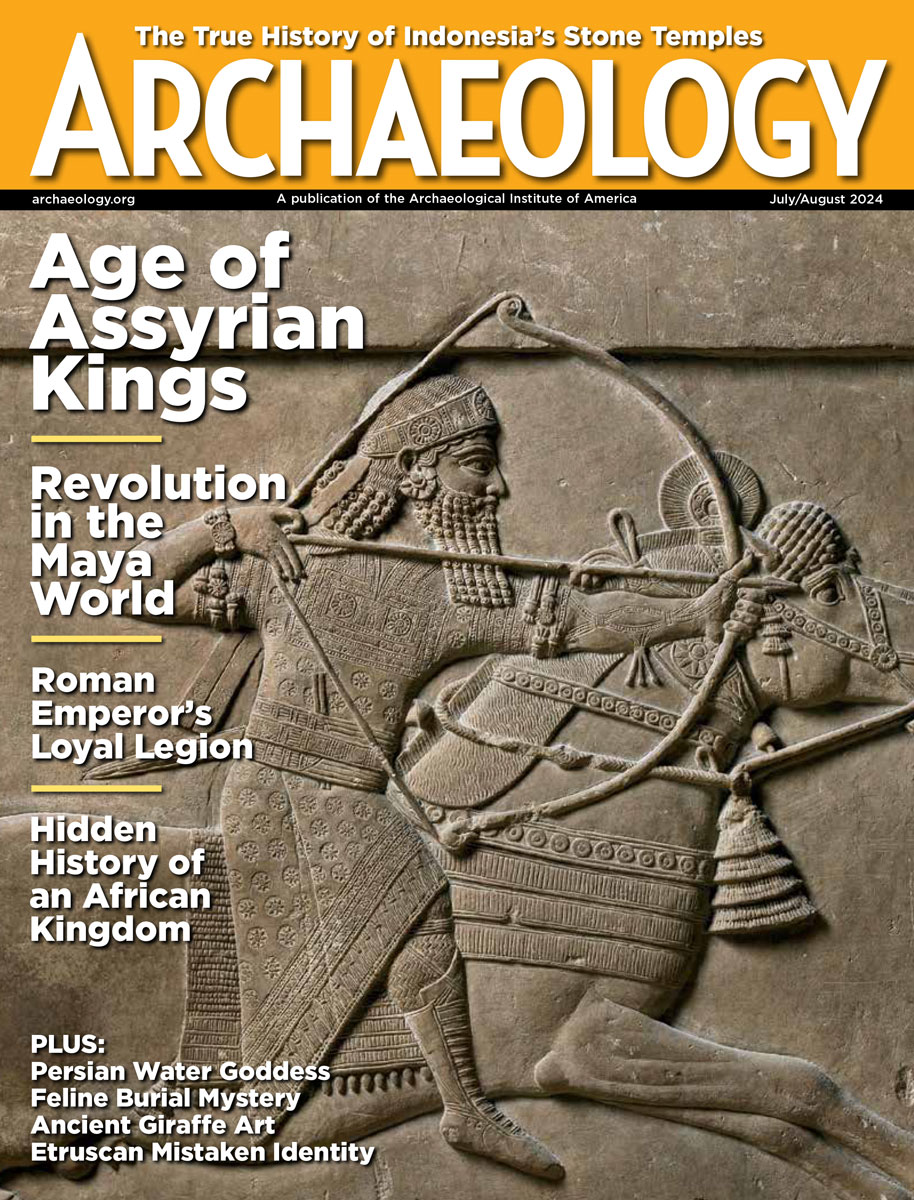Tuesday, February 24
February 24, 2009
A shipwreck’s cargo of 50 tons of marble on the bottom of the Aegean has been linked to a quarry and a final destination-the Temple of Apollo at Claros-by Deborah Carlson of the Institute of Nautical Archaeology at Texas A&M University. The new information gives archaeologists a unique snapshot of the building process.
Photographs of Iraq’s National Museum in Baghdad accompany this article on the opening ceremonies held yesterday. “We expect no security problems and hope everything will run smoothly,” said Abdul-Zahra al-Talqani, media director of Iraq’s office of tourism and archaeology affairs. Â
Water damage and looting threaten Mohenjodaro, according to the revised master plan for the site, which is awaiting approval by the federal government of Pakistan. Â
Florida’s Little Salt Spring continues to yield 12,000-year-old artifacts. Archaeologists from the University of Miami think the site was an “ancient butcher shop,” due to the remains of a slaughtered giant ground sloth they found last summer. Â
Archaeologists and students of all ages have been investigating the Pascual Marquez Family Cemetery in Santa Monica Canyon. Family members buried in the cemetery were prominent citizens of early Los Angeles. Â
Archaeologists from Queen’s University, using ground penetrating radar, think that they have found something in their search for unmarked graves of infants near a Belfast cemetery.  Â
Take a sneak peak at the New Acropolis Museum in Athens, which will open soon. Â
A freshman at Miami University spotted what turned out to be Abraham Lincoln’s thumbprint on a letter she was transcribing.
- Comments Off on Tuesday, February 24









